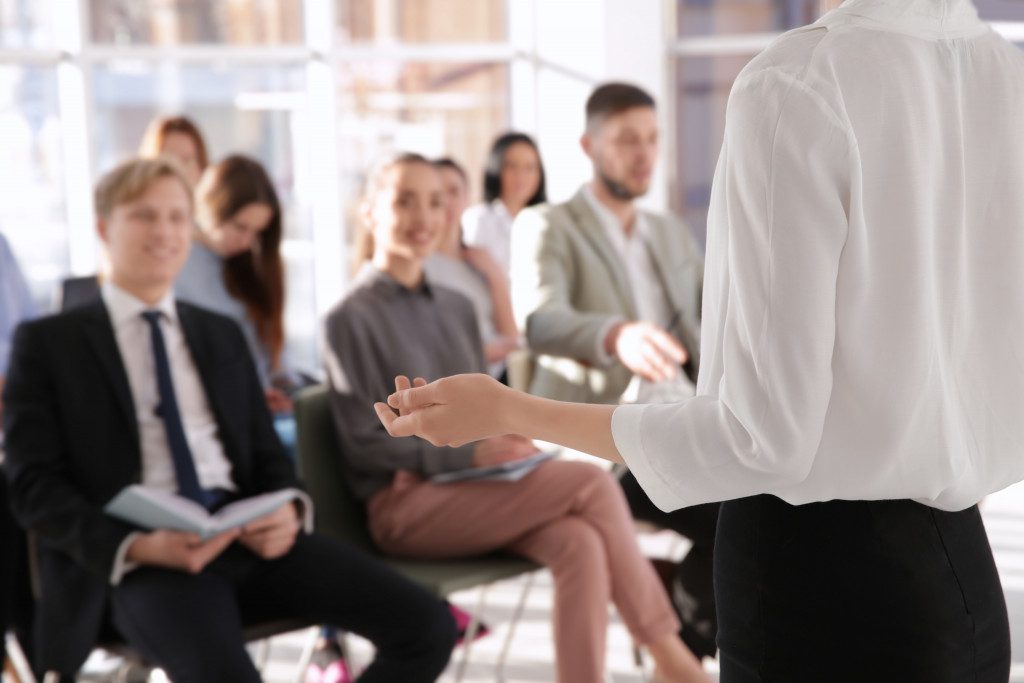Are you concerned about slip, trip, and fall hazards in your workplace? If so, you’re not alone. These types of accidents are among the most common workplace injuries, and they can happen to anyone — even the most safety-conscious employees. Every year, thousands of workers are hurt in slips, trips, and falls, and many of these accidents could have been prevented with a little extra care.
So what can you do to reduce these risks in your workplace? Here are a few tips:
Keep Your Workplace Clean and Clutter-Free
One of the best ways to prevent slip, trip, and fall accidents is to keep your workplace clean and free of clutter. Ensure walkways are clear of obstacles and floors are clean and dry. If you work in an office, keep desktops clear of papers and other items that could cause someone to trip.
In industrial settings, it’s essential to keep work areas well-lit and free of debris. This is especially true in areas where there are moving vehicles or machinery. You should also ensure that all floor surfaces are in good repair and that any spills are cleaned up immediately.
Establish a Risk Assessment Plan
As a business owner or manager, you are responsible for the safety of your employees while they are on the job. Establishing a risk assessment plan is one of the best ways to ensure a safe work environment. This plan should identify potential workplace slip, trip, and fall hazards and outline a course of action to eliminate or reduce these hazards.
You can use an online risk assessment tool, such as the one provided by the Occupational Safety and Health Administration (OSHA), to help you identify potential hazards in your workplace. Once you have identified a hazard, you need to take steps to eliminate or reduce the risk of injury.
Make the Stairs Safe
If your workplace has stairs, it’s important to take measures to prevent slips, trips, and falls. Inspect stairs regularly for loose handrails or treads, and make sure they are well-lit. Employees should use the handrail when going up or down stairs and always face forward when using escalators or moving walkways.
If any staircase area in your workplace is prone to slippery conditions, you should consider installing custom railings. These railings can be designed to meet your workplace’s specific needs and can help reduce the risk of slips, trips, and falls.
Educate Your Employees

You can’t eliminate all slip, trip, and fall hazards in the workplace, but you can reduce the risks by educating your employees about these dangers. Employees should be aware of potential hazards in their work environment and know how to avoid them. They should also know what to do if they witness a slip, trip, or fall accident.
You can provide this education in a variety of ways, such as through safety meetings, online training courses, or printed materials. Make sure your employees understand your company’s policies on slips, trips, and fall prevention, and encourage them to report any hazards they see.
Provide Floor Maskings and Floor Signs
Floor masking is a cost-effective way to create a safe work environment and can be used in a variety of settings, including office buildings, retail stores, restaurants, and manufacturing facilities. Floor signs are also a helpful way to remind employees of potential hazards and can be used in conjunction with floor masking to create a comprehensive safety solution.
Provide Adequate Lighting
Poor lighting is one of the leading causes of trips, slips, and falls. To prevent these accidents, it’s important to provide adequate lighting in all work areas. This includes hallways, stairwells, parking lots, and work areas.
You should also consider installing motion-sensing lights in areas where there is a high risk of slips, trips, and falls. These lights will turn on automatically when someone enters the area, providing a safe and well-lit environment.
Encourage Employees to Wear Slip-Resistant Shoes
Shoes with good treads can help prevent slips and falls. If your employees are required to wear certain types of shoes for their job, make sure they have slip-resistant soles. It would be best if you also encouraged them to wear slip-resistant shoes even when they’re not working. Many slips and falls happen outside of work, so it’s important to encourage your employees to be safe even when they’re not on the job.
There you have it! With these tips, you can help prevent potential hazards and create a safe work environment for your employees. So, what are you waiting for? Get started today!


